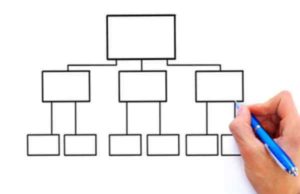
Two specialized forms of drafts which are often used in business dealings are time drafts and sight drafts. Each has a specific function. Sight drafts are the most familiar kind of draft, as a sight draft would be a check. The characteristics of a sight draft include those of all drafts, with the distinguishing trait that sight drafts are always payable when presented, in a manner somewhat akin to bearer instruments. This means that upon the presentation of such sight draft, the drawee would be required to immediately pay the presenter without any substantial delay.
Sight drafts are most often used for those interpersonal payments or in shipping transactions, for example, when the seller does not want the buyer to gain control of the shipment until payment has been made. In such an instance, a sight draft would ensure that the seller would have an immediately payable draft before transferring title of the goods to the buyer.
A time draft is differentiated from a sight draft by the fact that it has a set payment date some time in the future, as opposed to immediately upon presentation of the draft. A time draft does not have to be set for a specific date. It can instead be set so that it is only payable upon the fulfilment of certain conditions. The point of a time draft is to delay any form of payment until certain actions will likely have occurred.
For instance, a common form of a time draft would involve the buyer in the previous example establishing a time draft under which payment only becomes available 30 days after the shipment has arrived and the title of the goods has been transferred. The date on which the time draft becomes available for payment is the date on which it “matures”. In between the initial issuance of the time draft and its maturation date, the payee may actually take the time draft to the drawee to ensure that it is accepted.
This is, of course, only possible if the drawee is not the same party as the drawer. But if that is the case, then the drawee can “accept” the time draft, thereby accepting responsibility to make the payment to the payee when the time draft matures. This occurs frequently with time drafts involving banks. It is less likely that the average person will have much experience in dealing with, or need to use, a time draft.
Time drafts are the only type of draft used with acceptances. Acceptances are used, as in the above example, when the drawee of a draft negotiable instrument “accepts” the draft, essentially promising the payee that it will provide payment to the payee upon satisfaction of the terms in the draft. A sight draft would never require such an acceptance, however, as a sight draft would always require the drawee to pay the payee presenting the sight draft.
The only validation for payment on a sight draft is the presence of the sight draft itself. A time draft, however, with its possible conditions for the actual transfer of funds, would benefit from the use of an acceptance, as acceptances validate time drafts, ensuring that the payee will receive funds as soon as the conditions of the time draft are met.


































